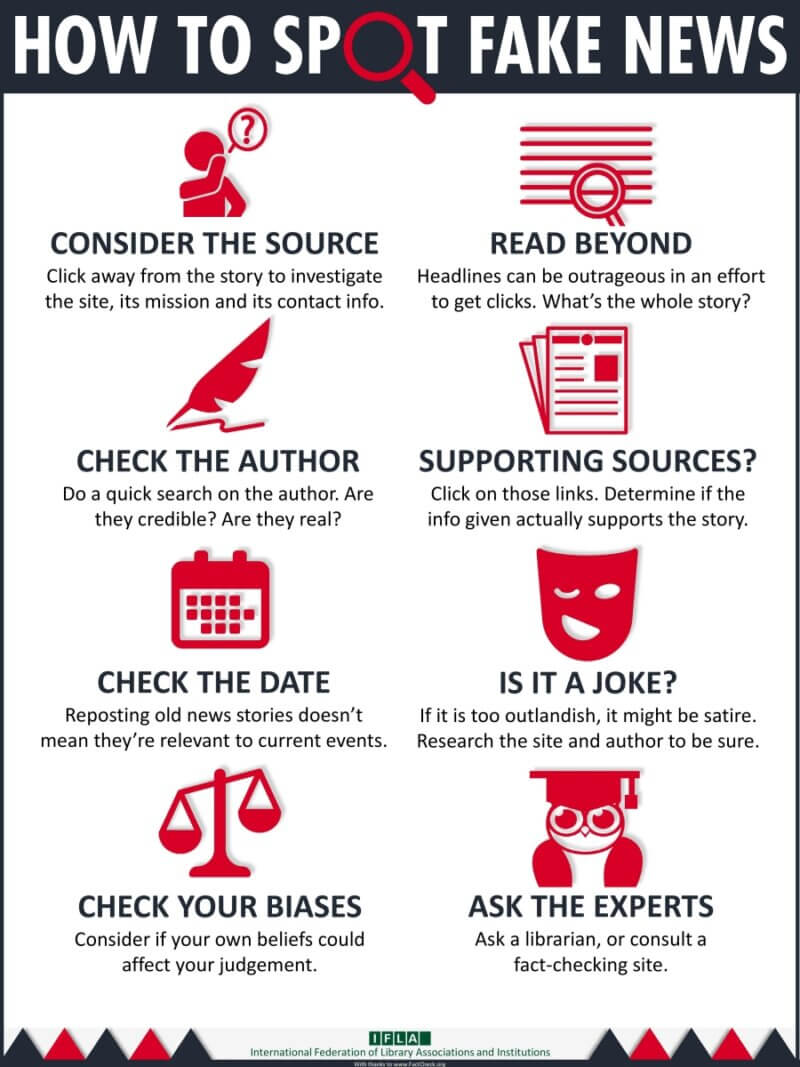
Combatting Misinformation and Misconceptions about Autism
Nearly 62 million people worldwide have autism spectrum disorder (ASD). While the exact causes of autism are not known, it’s understood there are numerous factors that can be involved. Our understanding of ASD comes from scientific research and listening to people with lived experience.
Autism is a part of neurodiversity – a unique expression of humanity full of unique challenges and gifts, just like any other human experience. It’s not a disease that needs to be cured or eradicated. Autistic people can and do lead productive, meaningful, fulfilling, and connected lives.
Changes by the current U.S. administration have prompted a surge of fear and uncertainty around autism. Recent policy shifts, misinformation, and harmful rhetoric has troubled medical professionals who provide treatment and evaluations, conduct research, and serve as advocates. Health and Human Services (HHS) Secretary Robert F. Kennedy Jr. declared autism a “rapidly growing epidemic” in the United States, referencing CDC data showing an increase in prevalence from 1 in 36 children in 2020 to 1 in 31 in 2022.
The American Psychological Association had this to say:
Secretary Kennedy downplayed the role of broadened and improved screening and diagnostic practices and increased awareness among parents and clinicians in the increased prevalence rates and characterized autism—a factor largely supported by autism researchers as the actual cause of rising rates. The secretary also made broad and unsupported comments that perpetuate harmful stigma and stereotypes about autistic people, including claims that they will “never pay taxes,” “never hold a job,” or “never go out on a date.”
These statements signal a significant shift in how HHS may approach autism research and support services. The rapid timeline proposed for identifying environmental causes raises serious methodological concerns among researchers, as comprehensive studies typically require years of careful design and implementation to produce reliable results.
Dr. Leigh Ann Wayland, Psychologist and Manager of Interprofessional Clinical Team at Surrey Place, Toronto, ON stated:
We’re seeing real progress in how autism is being identified. Diagnostic assessments are becoming more nuanced and responsive to individual differences. This is especially important for recognizing autism in people who might have been overlooked in the past.
We are also seeing a narrowing of the diagnostic gap in underrepresented populations such as women, transgender and nonbinary individuals, Black, Indigenous and racialized communities.
The British Medical Journal believes that before changes are made to public health advice and/or new interventions are implemented, individuals should make sure that they know about and follow well established evidence based practice (EBP). This is generally considered to consist of five stages:
1) Asking answerable questions.
2) Finding the best available evidence.
3) Appraising the evidence for its validity and applicability.
4) Applying the results of this appraisal.
5) Evaluating the results of EBP.
No matter where misinformation and misconceptions originate from, promoting unsupported scientific theories risks fueling stigma, undermines public trust, and distracts from real scientific progress. Spreading misinformation that is inconsistent with well-established findings can potentially undermine confidence in scientific institutions and evidence-based public health recommendations. It can also cause confusion, mistrust, isolation and fear, and assign blame or encourage criticism of family members.
How is autism misinformation harmful?
Misinformation can harm the autism community in a number of ways. Here are a few examples:
Social Perception – For understanding and acceptance of autistic individuals to occur, the public needs accurate non-stereotyped and nonjudgmental information. Misconceptions and misinformation can negatively impact social attitudes and inclusion of autistic individuals into communities. In some cases, it can lead to abuse and bullying.
Discrimination – Discriminatory actions are often based on unscientific assumptions about the nature of a disability.
Moving Away from Evidence-Based Supports and Best Practice – If policy and research moves away from evidence-based supports and best practice towards unproven causal factors, it could negatively impact access to necessary resources provided through programs and educational supports in schools.
Mistrusting Publication Health Information – Spreading misinformation that is inconsistent with well-established findings can potentially undermine confidence in scientific institutions and evidence-based public health recommendations.
Misinformation is Resistant to Corrections – According to a study, once misinformation gets out there it is hard to change it. People often continue to rely on corrected misinformation in their reasoning even if they understand, believe, and later remember the correction. This phenomenon has been labelled the continued influence effect.
How can we recognize pseudoscience?
Pseudoscience is defined as anything that pretends to be science but is not. It is a system of beliefs, statements, or practices that are presented as scientific, but are not supported by the scientific method. It is characterized by claims that are often contradictory, exaggerated, or unfalsifiable. It lacks key scientific elements like rigorous testing, peer review, and openness to refutation. In other words, it is fake science.
Autism Awareness Australia lists these red flags for pseudoscience and autism treatments:
Any treatment that claims it can cure autism: There is currently no cure for autism. In fact, many people believe we shouldn’t be looking for one and the concept is highly offensive to many.
Treatments based on overly simple theories: Autism is a complex condition that affects brain wiring and is strongly linked to our genes. It’s extremely unlikely one single cause will ever be found. There’s no solid evidence that autism can be treated with elimination diets alone or that autistic people have a unique and abnormal biochemistry that requires treatment with expensive supplements.
Treatments that claim are effective for completely different, unrelated conditions: What do cancer and autism have in common? Almost nothing. Yet there are treatments that are promoted as treatments for both conditions.
Treatments that rely completely on personal stories or testimonials to say they work: Only carefully designed studies can truly show whether a treatment works or not.
Any treatment that claims to have no side effects: Nothing is without side effects, and some treatments can actually be dangerous at worst and time wasting at best.
Conspiracy theories: Beware anyone promoting a treatment that “doctors don’t want to tell you about.”
How can we identify misinformation and fake news?
The University of Toronto Libraries published this excellent guide to recognizing misinformation:
For verifying news stories and images:
- Snopes: fact-checks Internet rumours and stories. This will determine whether that post your cousin shared on Facebook re: gun violence in America has any merit.
- Photo verification tools (compiled by International Journalists’ Network): altered images and videos are also a cause of concern. These sites (along with Google Reverse Image Search) allows you to check images and videos on social media and websites.
The Government of Canada also has great information on how to spot online disinformation which is misleading and can cause us to make decisions and choices that may not be in our best interests. UNICEF has also published A quick guide to spotting misinformation – Tips for fact-checking, staying informed and talking it out.
Misinformation is a serious problem in the field of autism. This is due to the huge amount of treatments available with no scientific evidence, or even evidence of harm, and which are often aggressively marketed using anecdotes, appeals to emotions, and celebrity endorsements. Recognizing fake news, disinformation, pseudoscience, and false claims can help reduce harm, take action, and make the world a safer place. We can all play a part in stopping the spread of harmful misinformation and support the well-being of autistic individuals.
References
American Psychological Association. (September, 24, 2025). Addressing Recent Misinformation About Autism
Autism Awareness Australia. Myths and misconceptions
Surrey Place. (June 12, 2025). Combatting Misinformation: How We Talk About Autism
University of Toronto Libraries. How do I spot misinformation?
Editorial Policy: Autism Awareness Centre believes that education is the key to success in assisting individuals who have autism and related disorders. Autism Awareness Centre’s mission is to ensure our extensive autism resource selection features the newest titles available in North America. Note that the information contained on this web site should not be used as a substitute for medical care and advice.

